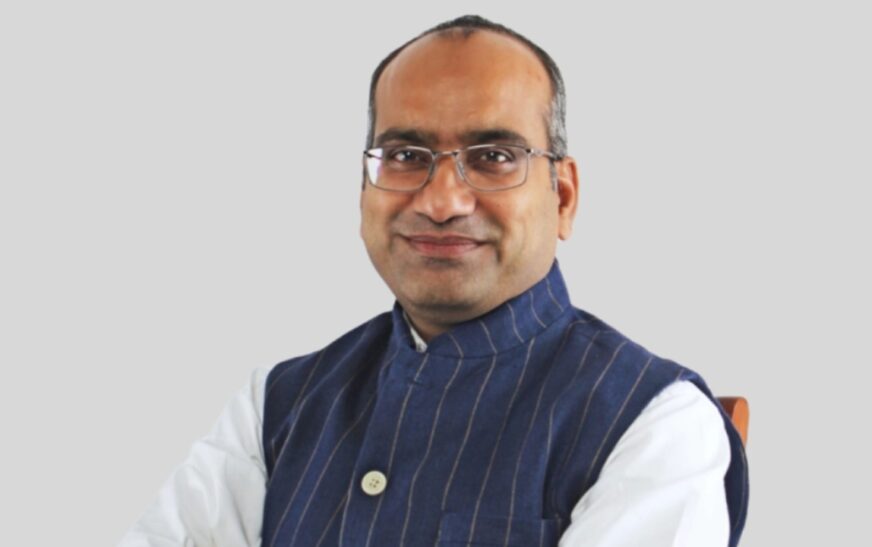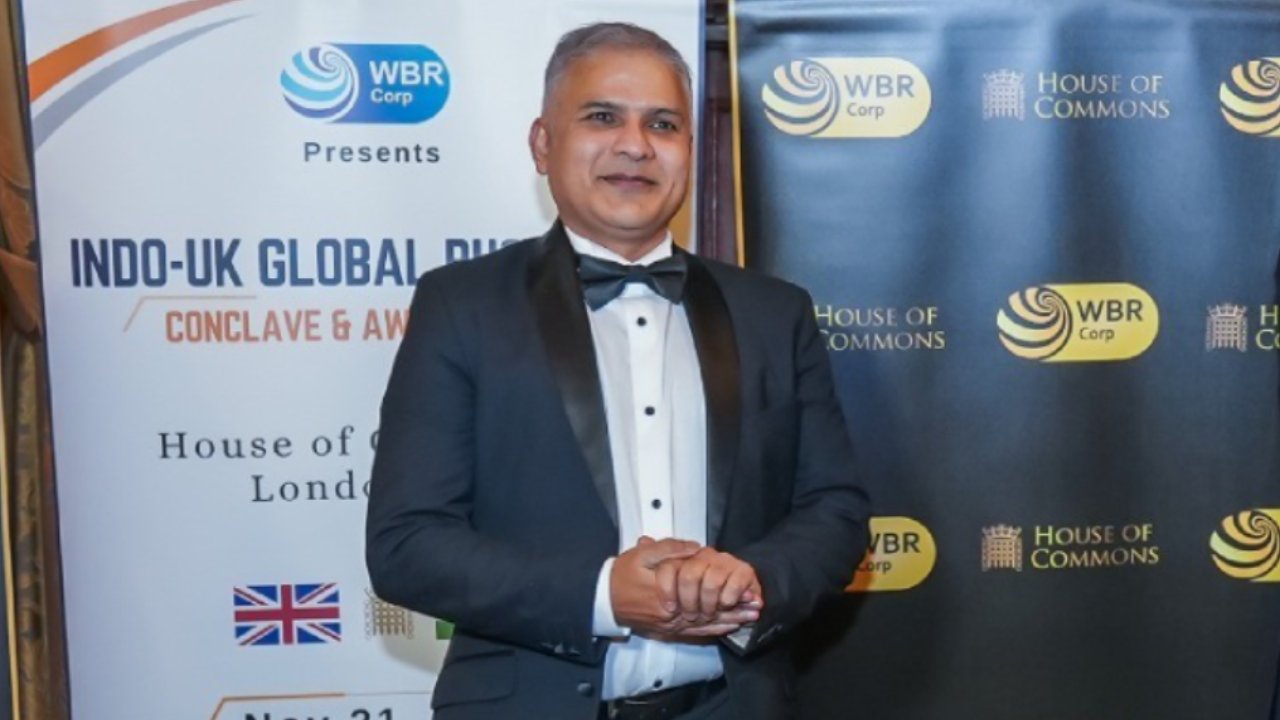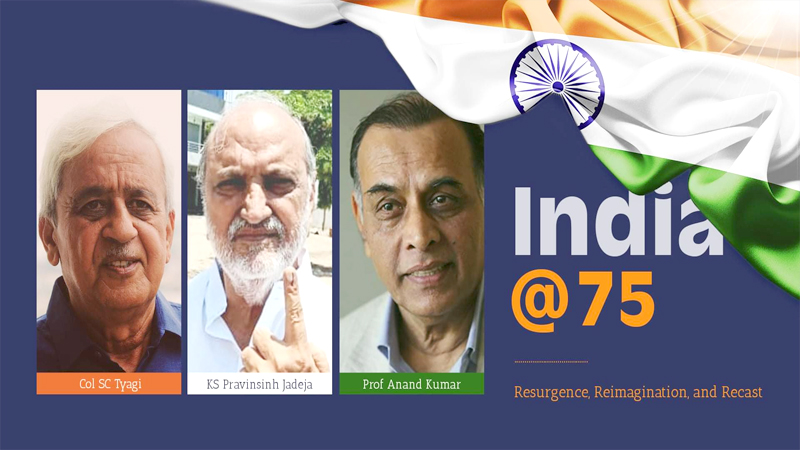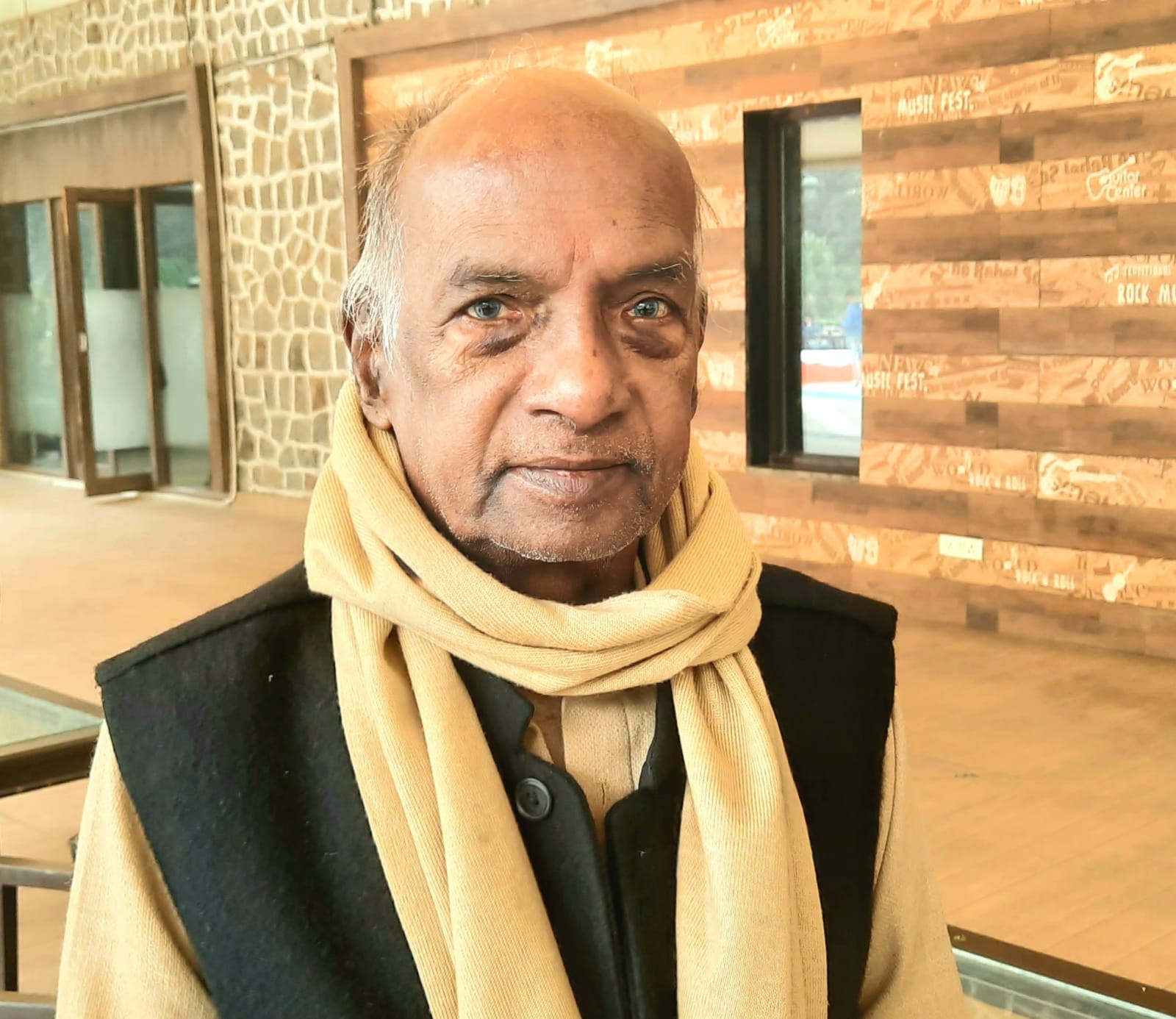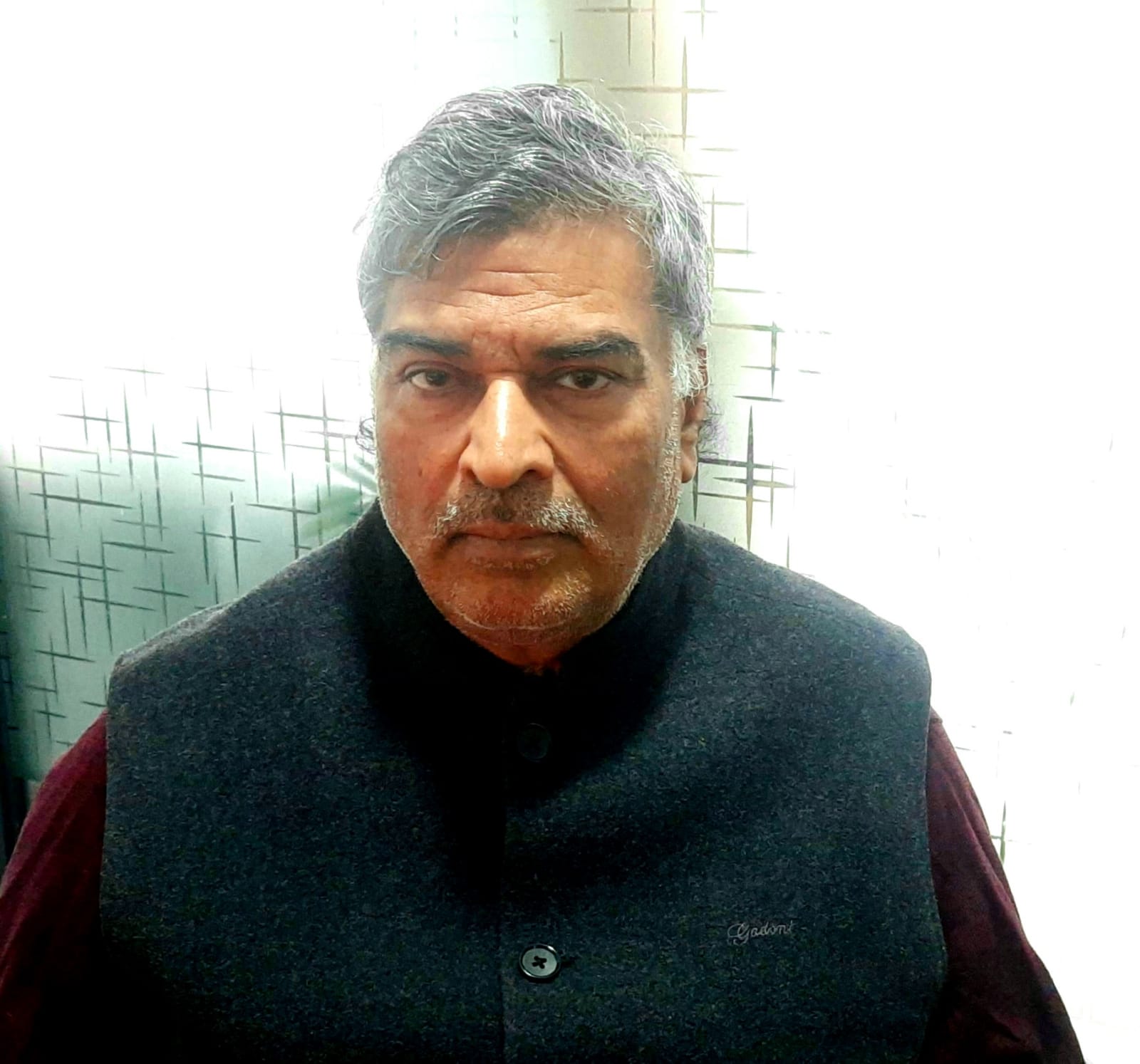India’s rising global stature cements its role as a key architect of a multipolar world. With a deft multi-alignment strategy, it navigates complex geopolitical currents, balancing strategic partnerships with major powers. Strengthening defence and technology collaborations with the U.S., India simultaneously maintains a guarded yet pragmatic economic engagement with China, prioritizing sovereignty and stability. Its deepening ties with the EU, rooted in shared democratic values and robust trade partnerships, further bolster its global influence. At the same time, India remains a steadfast advocate for the Global South, pushing for equitable representation in global governance.
Regionally, India drives connectivity and economic integration, particularly with its Northeast and neighbouring nations like Bangladesh, Myanmar, and Bhutan. By investing in infrastructure projects such as the India-Myanmar-Thailand Trilateral Highway, it aims to unlock trade, tourism, and strategic cooperation. However, political instability, security risks, and environmental challenges pose significant hurdles to these ambitions.
In the Indo-Pacific, India reinforces maritime security through naval modernization and strategic alliances, especially within the Quad framework. Initiatives like SAGAR and the Information Fusion Centre – Indian Ocean Region (IFC-IOR) enhance regional stability, positioning India as a pivotal security provider.
Sustainable development remains central to India’s policy agenda, particularly in ecologically fragile regions like the Himalayas and the Northeast. By integrating conservation efforts with local livelihoods and eco-tourism, India seeks to balance economic growth with environmental stewardship. On climate change, it leads with ambitious renewable energy initiatives while carefully aligning them with its developmental imperatives, reaffirming its commitment as a responsible global stakeholder.
From these vantage points, Sujeet Kumar, Member of Parliament (Rajya Sabha), Odisha, in an exclusive conversation with The Interview World, delves into India’s evolving role in shaping the multipolar world order. He discusses how India can adeptly balance relations with global powers like the U.S., China, and the EU while advancing regional connectivity with its Northeast and neighbouring nations.
He also explores the strategic significance of the India-Myanmar-Thailand Trilateral Highway in fostering economic integration and highlights India’s approach to maritime security in the Indo-Pacific amid China’s growing assertiveness. Additionally, he underscores the urgency of sustainable development policies to safeguard fragile ecosystems while driving economic progress. He articulates India’s leadership in global climate action and unpacks its strategy for tackling cybersecurity threats and securing resilient supply chains in an era of deepening global interdependencies.
Here are the key takeaways from this insightful conversation.
Q: With India’s rising prominence on the global stage, how do you envision its role in shaping a multipolar world order, particularly in balancing relations with global powers like the US, China, and the EU?
A: India’s rise as a global power reflects its strategic foresight, economic resilience, and commitment to a multipolar world. Rooted in its civilizational ethos, India balances national interests with global responsibilities, embodying the principle of Vishwa Bandhu—a steadfast ally in times of crisis.
Navigating relations with major powers, India employs a pragmatic multi-alignment strategy. Its partnership with the U.S. thrives on defence and technology collaborations, with initiatives like the Initiative on Critical and Emerging Technology (iCET) reinforcing innovation and security. Economic ties with China remain significant, yet India remains firm on sovereignty and regional stability, engaging diplomatically while standing prepared for decisive action. With the EU, shared democratic values drive deeper economic cooperation, as ongoing trade negotiations and collaborations in green technology strengthen this alliance.
India champions the Global South, advocating for fair representation in international institutions. Its call for United Nations Security Council reforms reflects a broader vision for inclusive global governance. By amplifying the aspirations of developing nations, India seeks to democratize international decision-making.
Beyond traditional diplomacy, India embraces para-diplomacy, integrating regional entities into global engagements. Hosting G20 events across states showcases its diversity and fosters decentralized diplomacy. This inclusive approach strengthens India’s global presence.
Guided by Vasudhaiva Kutumbakam—“the world is one family”—India infuses its diplomacy with principles of harmony, mutual respect, and collective progress. Committed to strategic autonomy and balanced engagements, India not only safeguards its national interests but also shapes a more just, peaceful, and prosperous world.
Q: What are the key opportunities and challenges in enhancing regional connectivity between India’s Northeast and neighbouring countries like Bangladesh, Myanmar, and Bhutan?
A: Enhancing regional connectivity between India’s Northeast and neighbouring countries such as Bangladesh, Myanmar, and Bhutan presents both significant opportunities and formidable challenges. This initiative aligns with Prime Minister Narendra Modi’s Act East Policy, which seeks to foster economic growth, cultural integration, and strategic cooperation in the region. Improved connectivity can unlock new markets for Northeast India’s products, boosting trade, local industries, agriculture, and handicrafts.
Major infrastructure projects like the India–Myanmar–Thailand Trilateral Highway and the Kaladan Multi-Modal Transit Transport Project are instrumental in reducing transportation costs and enhancing logistical efficiency. Additionally, the region’s cultural heritage and natural beauty hold immense tourism potential, which, with better transportation links, can encourage greater cultural exchanges and academic collaborations. Strengthened regional ties can also foster security cooperation, improve border management, and enhance stability through collaborative infrastructure projects.
However, challenges remain. Geopolitical concerns, such as Myanmar’s internal political situation and its relations with China, require diplomatic balancing. Security issues persist, as the Northeast has been a hotspot for insurgent activities, which could escalate with increased connectivity if not managed properly. The region’s difficult terrain makes infrastructure development costly and complex, and maintaining these projects demands significant investment.
Moreover, environmental concerns must be addressed to prevent ecological degradation, and effective rehabilitation plans should be in place to mitigate displacement caused by infrastructure expansion. A balanced approach that capitalizes on opportunities while addressing these challenges can lead to sustainable development and regional harmony, reinforcing India’s strategic vision for the Northeast.
Q: How do you see projects like the India-Myanmar-Thailand Trilateral Highway contributing to regional economic integration, and what additional steps are needed to maximize its impact?
A: The India–Myanmar–Thailand Trilateral Highway (IMT-TH) is a transformative infrastructure project aimed at strengthening connectivity between South and Southeast Asia. Spanning approximately 1,360 kilometres, the highway seeks to link India’s Northeast region with Thailand via Myanmar, facilitating trade, tourism, and cultural exchanges among the three nations. This initiative aligns with India’s “Act East Policy,” which aims to bolster economic and strategic ties with Southeast Asian countries. By enhancing regional integration, the IMT-TH is expected to significantly contribute to economic growth and cooperation among the participating nations.
One of the key benefits of the highway is trade facilitation. By providing a more efficient land route, it is expected to reduce transportation costs and transit times, making trade more competitive and increasing overall volumes. The improved connectivity will integrate regional markets and create new economic opportunities.
Additionally, the highway is poised to boost tourism by offering easier access to cultural and natural attractions across India, Myanmar, and Thailand. This increased tourist inflow will contribute to local economies and foster deeper cultural understanding. The project is also expected to attract investments in infrastructure, logistics, and related sectors, leading to the development of industrial corridors, special economic zones, and urban centres along the route, thereby creating jobs and stimulating economic growth.
However, several challenges hinder the project’s full impact. Infrastructure deficiencies, particularly in Myanmar, require urgent upgrades to meet international standards. Inadequate road conditions can impede the smooth flow of goods and people, limiting the highway’s efficiency. Additionally, Myanmar’s political instability and ongoing conflicts pose significant risks, disrupting construction activities and deterring potential users due to security concerns. Bureaucratic hurdles, such as complex customs procedures and non-harmonized regulations, can further delay transit and increase costs, necessitating streamlined processes for smoother cross-border movement.
To maximize the project’s impact, it is essential to prioritize infrastructure development, particularly in conflict-prone areas, with collaborative efforts from all three nations and potential international support. The timely implementation of the Trilateral Motor Vehicles Agreement (IMT-TMVA) is also crucial for facilitating seamless passenger and cargo movement across borders by simplifying customs procedures and reducing bureaucratic delays. Strengthening security cooperation through joint patrols, information sharing, and coordinated responses will help address safety concerns and encourage highway usage.
Public-private partnerships (PPPs) should be promoted to attract investments for essential infrastructure such as rest areas, fuel stations, and logistics hubs, ensuring the highway’s economic viability. Furthermore, community engagement and environmentally sustainable practices must be integrated into the development process to address local concerns and mitigate ecological impacts.
The IMT-TH holds immense potential to drive regional economic integration by fostering trade, tourism, and investment opportunities. However, realizing this potential requires sustained efforts to address infrastructural, political, and bureaucratic challenges. Through collaborative initiatives, policy reforms, and sustainable practices, India, Myanmar, and Thailand can unlock the full benefits of this highway, promoting economic growth and regional cohesion.
Q: How should India navigate the complexities of maritime security and collaborate with regional partners to ensure stability in the Indo-Pacific, especially amidst China’s growing assertiveness?
A: India’s strategic position in the Indo-Pacific necessitates a nuanced approach to maritime security, particularly in response to China’s increasing assertiveness. To navigate these complexities and ensure regional stability, India must enhance its maritime capabilities and strengthen collaborations with key regional partners. Actively modernizing its naval forces, India has inducted advanced warships, submarines, and maritime patrol aircraft. The Indian Navy’s mission-based deployments maintain a persistent presence in critical sea lanes, deterring threats and securing maritime trade routes.
India’s partnerships play a crucial role in Indo-Pacific security. The Quad—comprising India, the U.S., Japan, and Australia—has intensified its focus on maritime security through joint coast guard operations and military logistics cooperation to counter coercive actions in the South China Sea. France, showcasing its military strength in the Indo-Pacific through multinational exercises like Clemenceau 25, emphasizes strategic collaborations. The U.S. has encouraged India to enhance its defence capabilities by procuring American-made security equipment, reinforcing strategic ties. Additionally, India and the Maldives have realigned their defence partnership to bolster security in the Indian Ocean.
Strategically, India has launched initiatives like Security and Growth for All in the Region (SAGAR), underscoring its role as a net security provider, and the Information Fusion Centre – Indian Ocean Region (IFC-IOR), which enhances maritime domain awareness through information sharing. However, challenges persist, particularly China’s expanding naval presence and infrastructure investments. The evolving security landscape demands continuous adaptation. By strengthening naval capabilities, fostering strategic alliances, and actively engaging in regional security frameworks, India seeks to uphold a free, open, and inclusive Indo-Pacific, ensuring long-term peace and stability.
Q: In regions like the Himalayas and Northeast India, how can sustainable development policies ensure economic progress while preserving fragile ecosystems and biodiversity?
A: Balancing economic growth with the conservation of fragile ecosystems in regions like the Himalayas and Northeast India is essential for sustainable development. These biodiversity-rich areas provide vital ecosystem services but face environmental degradation due to developmental pressures. A key strategy for sustainability involves empowering local communities in conservation efforts. Organizations like the Ashoka Trust for Research in Ecology and the Environment (ATREE) have successfully integrated biodiversity preservation with livelihood security in the Eastern Himalayas. Sustainable agriculture, including organic farming and agroforestry, enhances food security while protecting soil health and biodiversity.
Initiatives such as Bio-Village 2.0 in Tripura promote socio-economic growth and ecological conservation through a community-driven approach. Responsible ecotourism can generate economic benefits while fostering environmental stewardship, as emphasized by NITI Aayog’s guidelines for the Indian Himalayan Region. Large-scale restoration projects, like the Great People’s Forest of the Eastern Himalayas, aim to reforest vast areas, benefiting both nature and local populations. Integrating traditional knowledge into development planning ensures culturally appropriate conservation practices. Effective policies, environmental impact assessments, and climate resilience strategies are crucial in mitigating challenges like habitat fragmentation, resource overexploitation, and climate change. By addressing these issues, sustainable progress can be achieved while preserving the region’s ecological integrity.
Q: What role should India play in driving global cooperation on climate change, and how can it address the dual challenge of meeting development goals and reducing carbon emissions?
A: India is at a crucial juncture in the global fight against climate change, with the potential to lead by example while fostering international cooperation. Balancing developmental aspirations with environmental responsibilities presents both challenges and opportunities. The nation has emerged as a global leader in renewable energy, achieving full rural electrification in 2018 and setting an ambitious target of 500 GW of renewable capacity by 2030. Initiatives like the International Solar Alliance (ISA), launched with France, underscore India’s commitment to promoting solar energy worldwide. Additionally, India plays a pivotal role in climate negotiations, bridging developed and developing nations to drive equitable climate policies.
To address the dual challenge of development and emission reduction, India has committed to reducing its GDP’s emissions intensity by 45% from 2005 levels by 2030 through energy efficiency and increased reliance on non-fossil fuel sources. The establishment of a domestic carbon market incentivizes industries to adopt cleaner technologies. Investments in Battery Energy Storage Systems (BESS) further aid grid stability and the integration of renewables, as seen in Delhi’s large-scale BESS project. India is also expanding its nuclear energy sector, targeting 100 GW by 2047, while encouraging private and foreign investment.
Sustainable agriculture is another focus area, with regenerative farming practices helping sequester carbon and improve soil health. However, challenges remain, including balancing economic growth with emission reduction and addressing land acquisition conflicts for renewable projects. Through innovative policies, global partnerships, and sustainable solutions, India is positioning itself as a leader in climate action while advancing its developmental goals.
Q: How do you perceive India’s role in tackling cybersecurity threats and ensuring resilient supply chains in the context of increasing global interdependencies?
A: India’s strategic role in the global digital landscape demands a proactive stance on cybersecurity and supply chain resilience, particularly as global interdependencies grow. In cybersecurity, India has made remarkable progress. It achieved Tier 1 status in the 2024 Global Cybersecurity Index, highlighting its commitment to robust digital security. The Reserve Bank of India has urged financial institutions to strengthen cybersecurity frameworks, while international collaborations have enhanced threat intelligence and response mechanisms.
Simultaneously, India is fortifying its supply chain resilience through initiatives like the Supply Chain Resilience Initiative (SCRI) with Japan and Australia, which aims to diversify sourcing and reduce market dependency. Advanced technologies such as IoT, blockchain, and AI improve real-time supply chain visibility and efficiency. Government-backed incentives, including the Production Linked Incentive scheme, further bolster domestic manufacturing. By integrating security with development, India safeguards national interests while contributing to a stable and resilient global economic ecosystem.
Note: Sujeet Kumar is set to speak at the Siang Dialogue 2.0, hosted by Red Lantern Analytica on February 8-9, 2025, under the theme “Global Horizons: Addressing Current Concerns in an Evolving World.”


